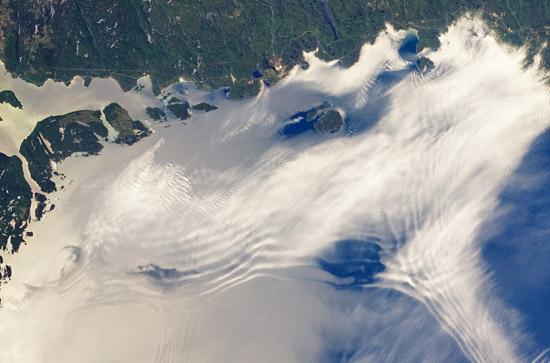
Dr. Natalie Kaifler
German Aerospace Center (DLR), Institute of Atmospheric Physics, Oberpfaffenhofen, Germany
Abstract: Earth’s middle atmosphere between 10 and 100 km is home to gigantic waves, storms and mysterious clouds. High-repetition soundings with a pulsed Nd:Yag laser at 532 nm (a Rayleigh lidar) open the window into this middle-world between ground and space. We develop such lidars and operate them in world-wide campaigns, including one on a balloon-borne platform in the Arctic. This campaign was focused on turbulent processes within noctilucent clouds. These ice clouds form in the cold polar mesopause region and display rich structure of gravity waves that eventually break and induce turbulence. Gravity waves travel throughout the atmosphere, mostly, but not limited to, excited close to the ground. The worlds hot spot for gravity waves is the Andes region in Patagonia, where one of our ground-based lidars is situated. Gravity waves have a large impact on the energy and momentum budget of the stratosphere and mesosphere and the global circulation. We study gravity waves also in conjunction with an OH airglow imager, providing spatial temperature fields complementing the vertical lidar soundings, and wind measurements by meteor radar soundings.
